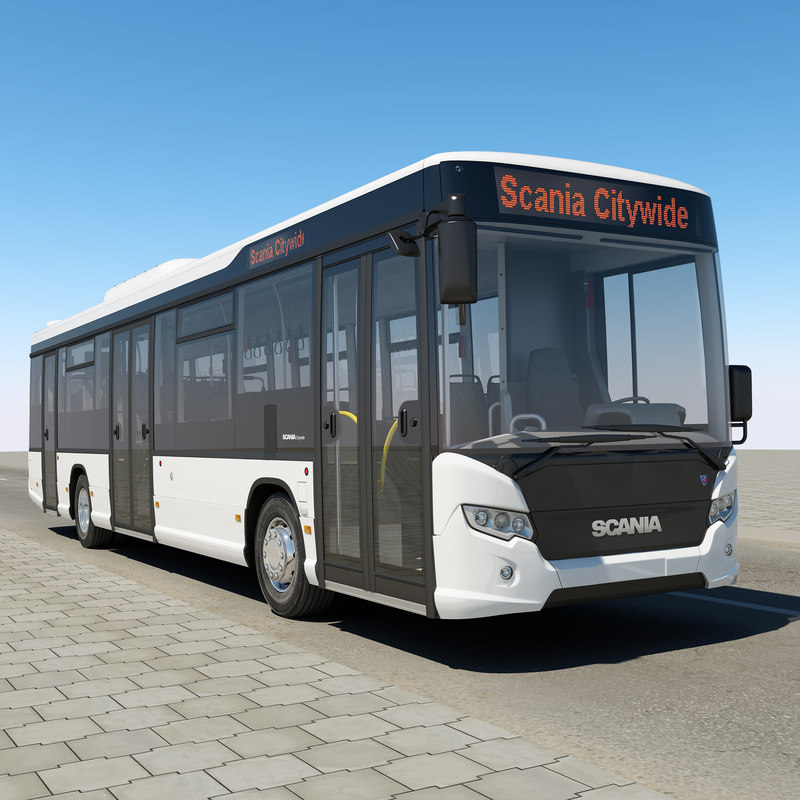
Bus Rapid Transit system gave a lot of hope when the idea was introduced only for hiccups to later on slowly kill the dream.
The decongestion of the city rather took a dramatic twist in Nairobi when governor Mike Sonko took matters in his hand and decided matatus would not enter the CBD making crossing Nairobians who had to make long distance walks to their headed destinations from the bus stops.
It is now reported that the Scania Bus company is to blame for the delayed Bus Rapid Transport (BRT) project.

According to a senior government official who spoke on condition of anonymity, Scania has been a bit slow to act on shipping in the large capacity buses that were to be used for the pilot project.
This prompted the government to go calling on South Africa, ready to import MAN buses for the project.
However, according to experts, the MAN buses were deemed not up to standard and received very little or no local support, further causing more delays.

Scania got wind of the government plans and convened operators’ meeting last year to deliberate on the same.
“So when Scania got the news they called a meeting of the large operators late last year. So (we are) now hoping that they bring in the units quickly so that we can go live,” said our contact.
The Scania buses were deemed of better quality and “surpass the government specs.”
The buses are designed to have a low-floor chasis from the from to the back axle.
It is a 2-axle vehicle with drive on the rear axle, with he chasis having a longitudinal engine behind the last axle.

It is designed for short driving distances on smooth paved roads.
The implementation of the BRT in Nairobi commenced last year with the innermost lanes along the Thika Superhighway demarcated red with the words “BRT ONLY”.
The government had first appointed Isuzu East Africa to assemble the buses, but the first batch was blocked from operating by the Nairobi City Government for failing to reach the specified standards.
It still remains obscure on the timelines for the full implementation of the project meant to ease traffic congestion in the city.